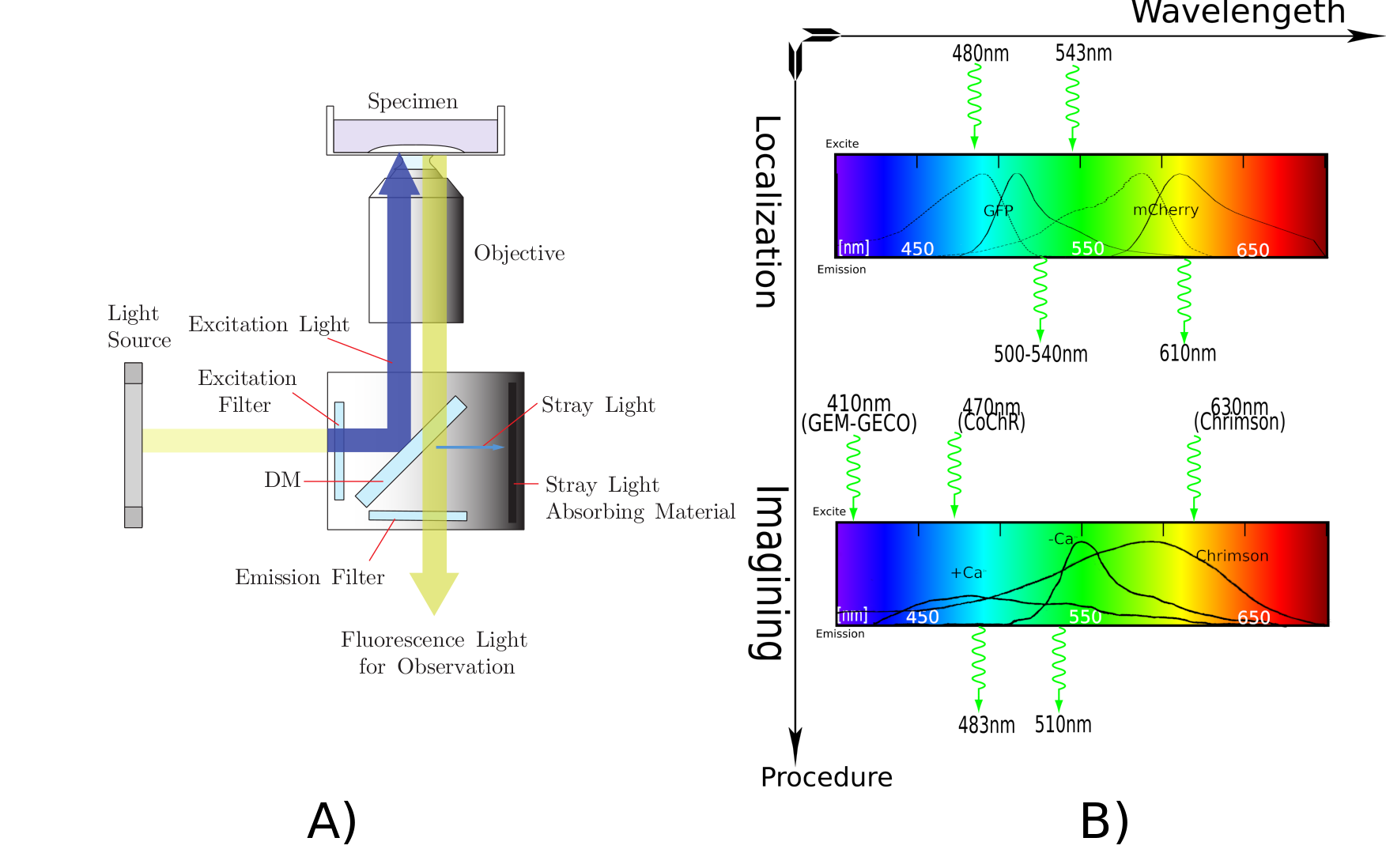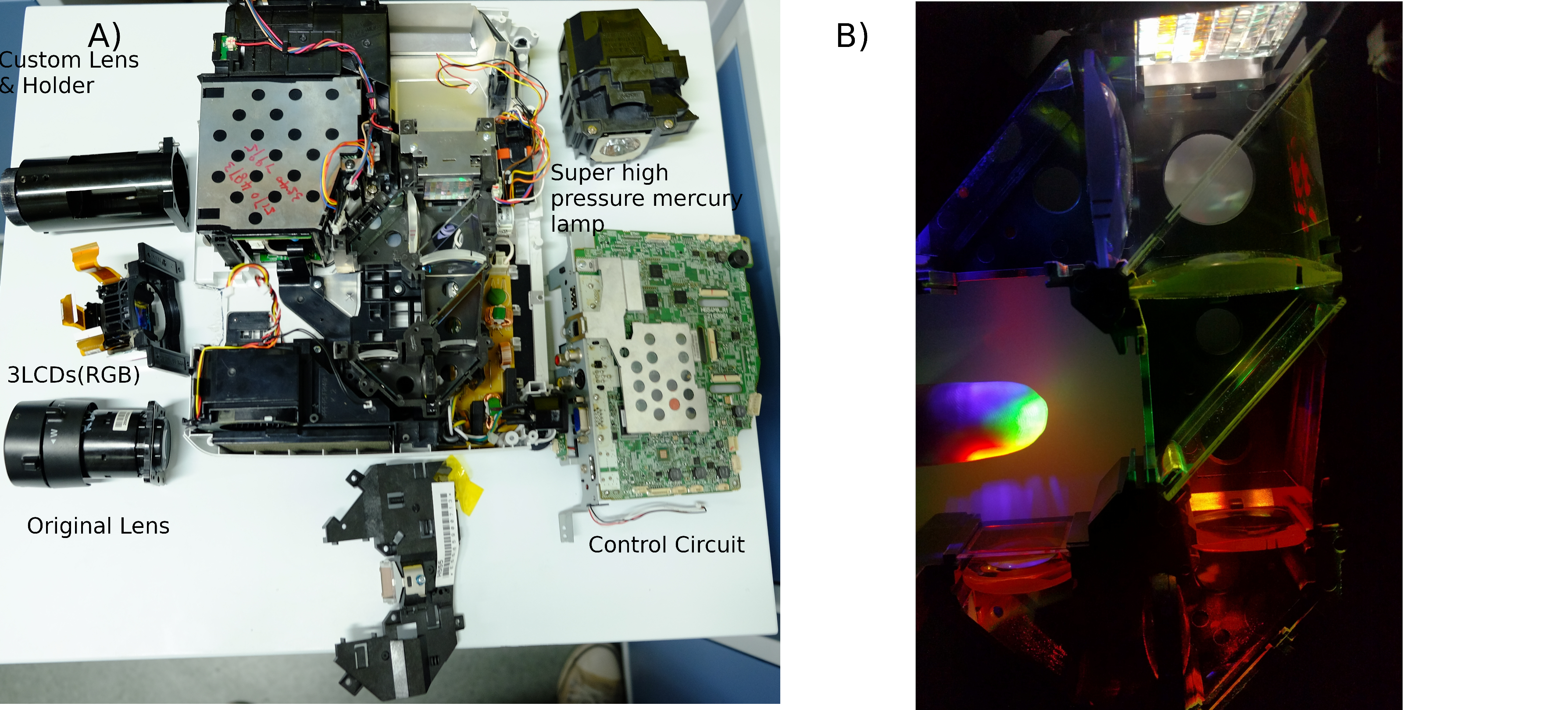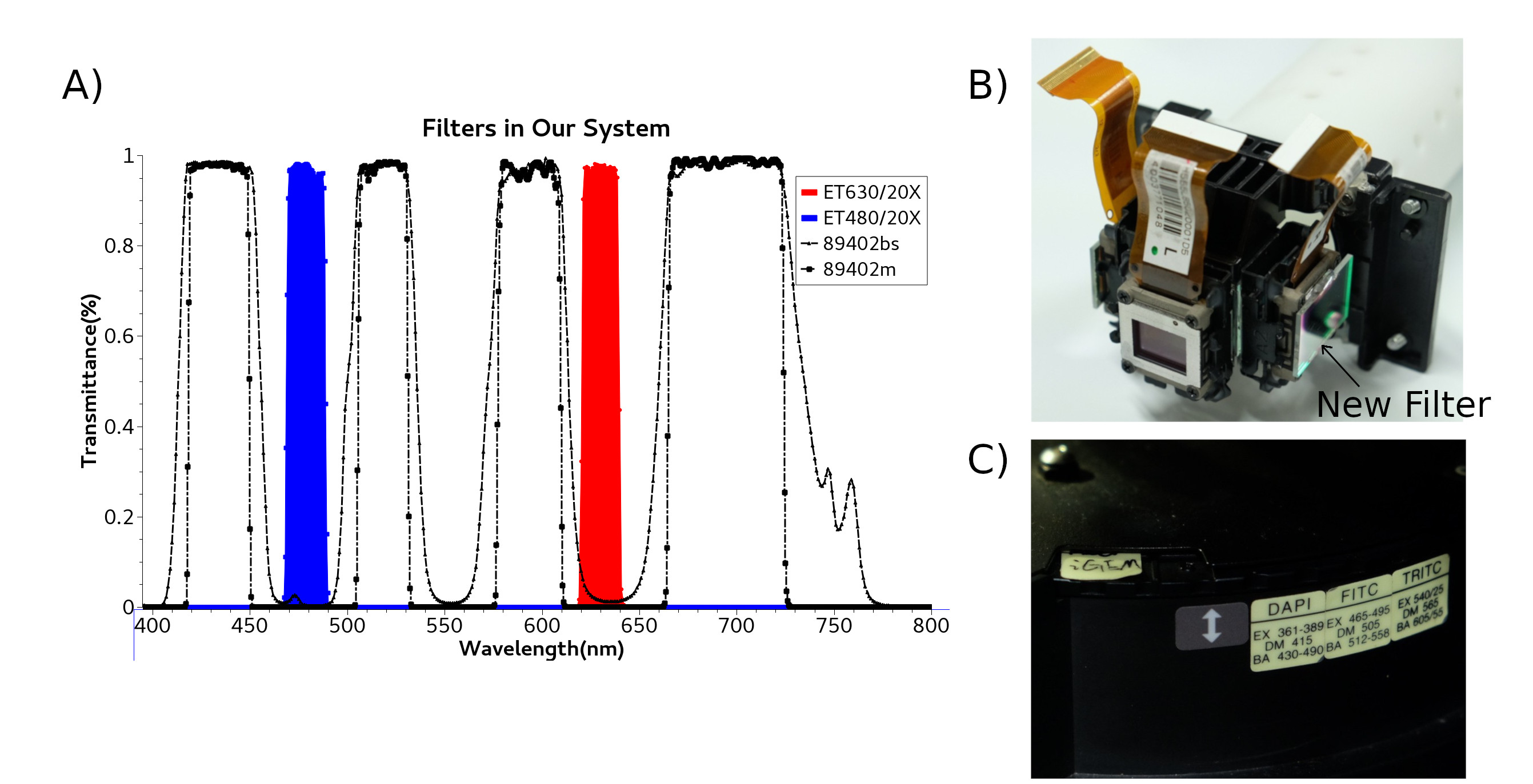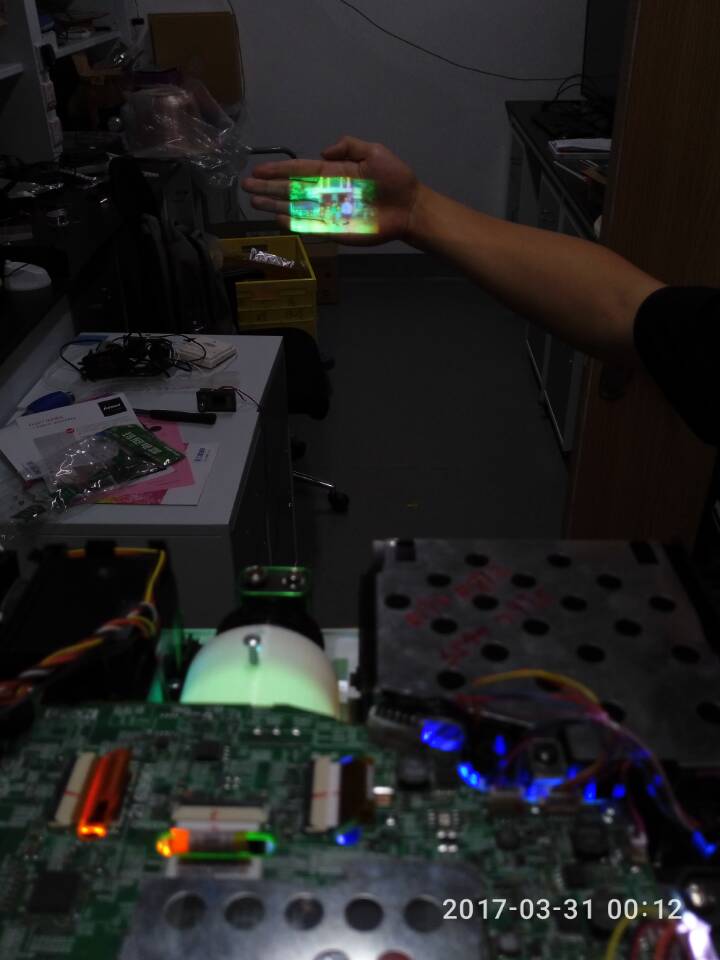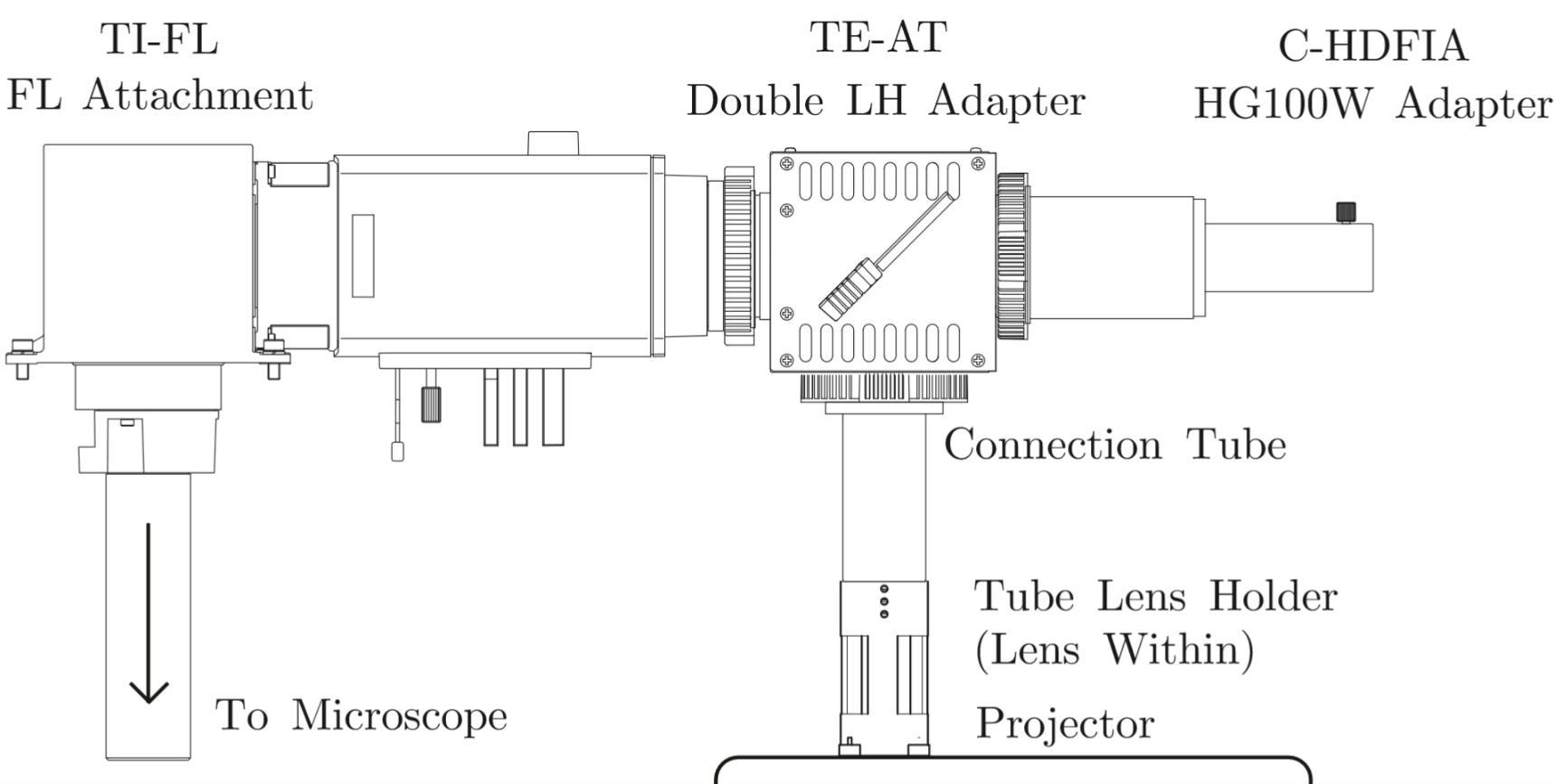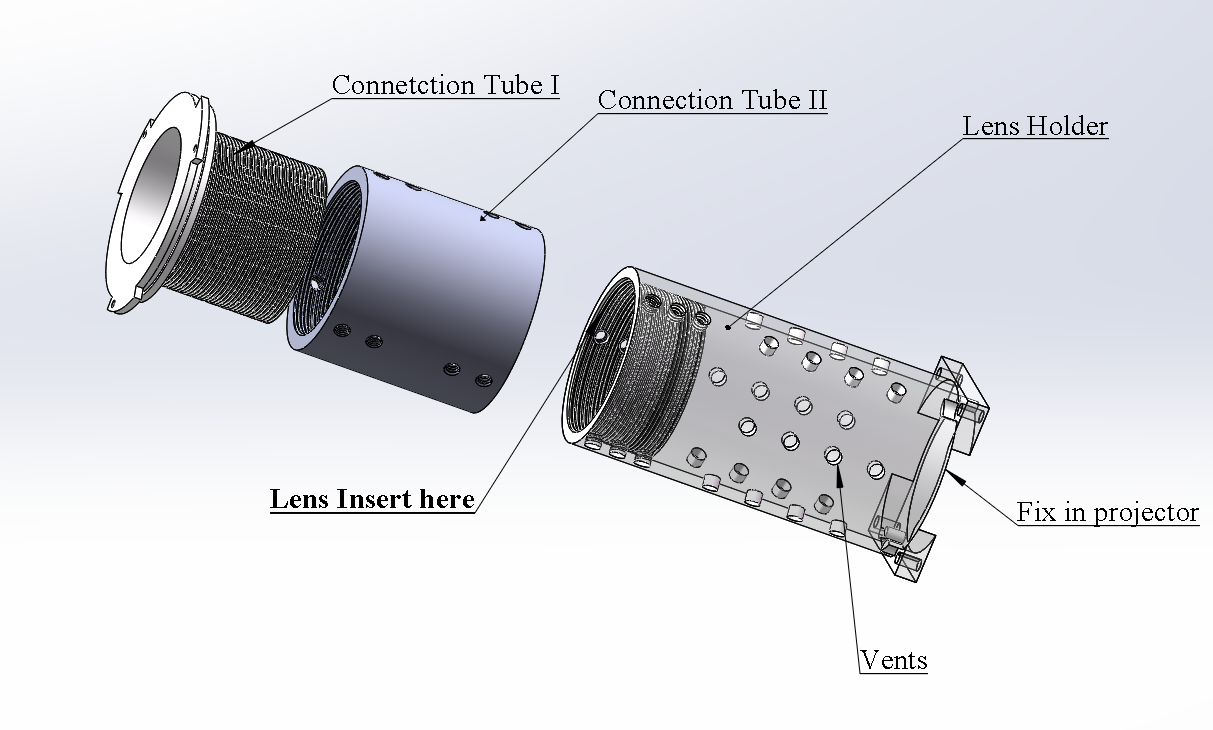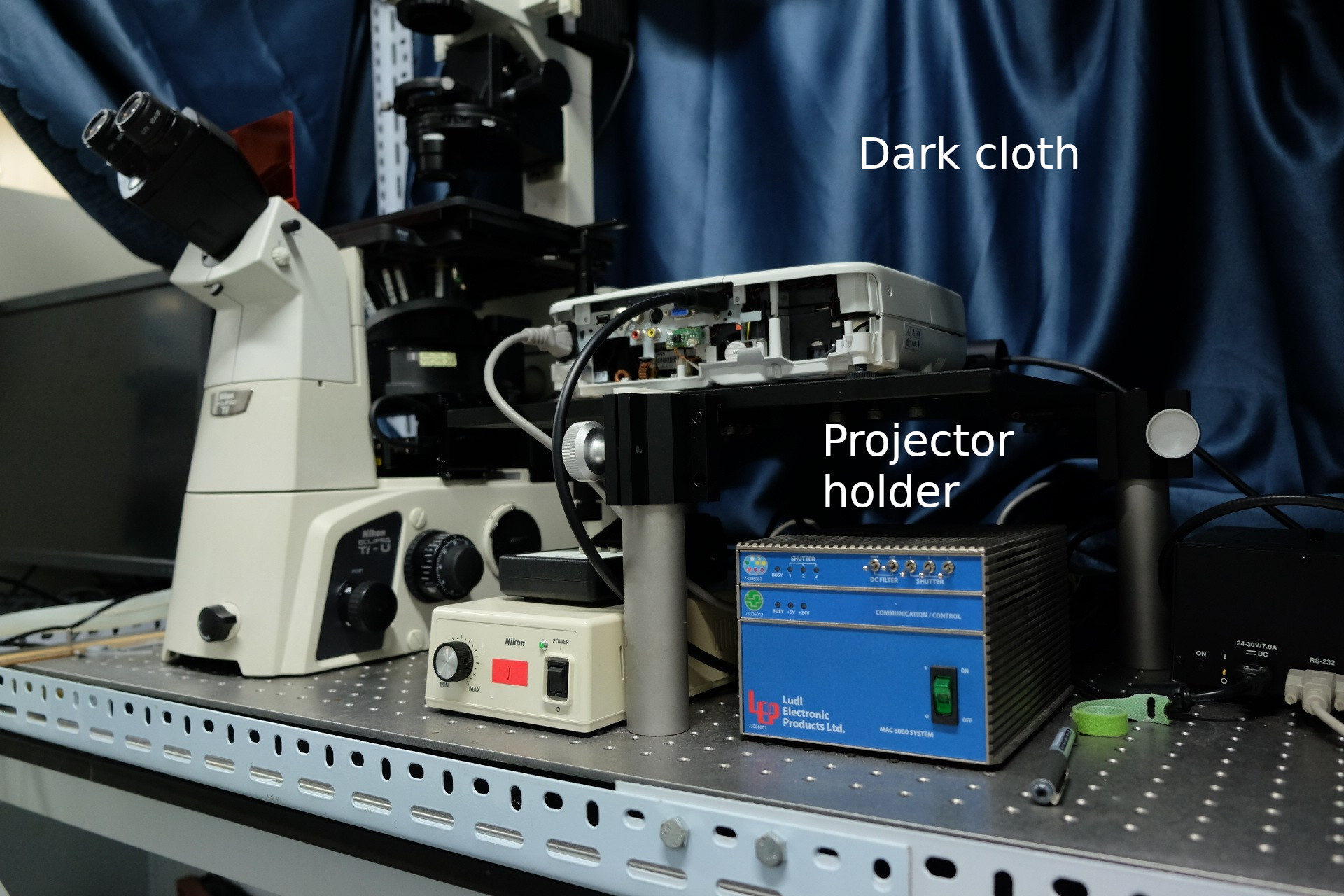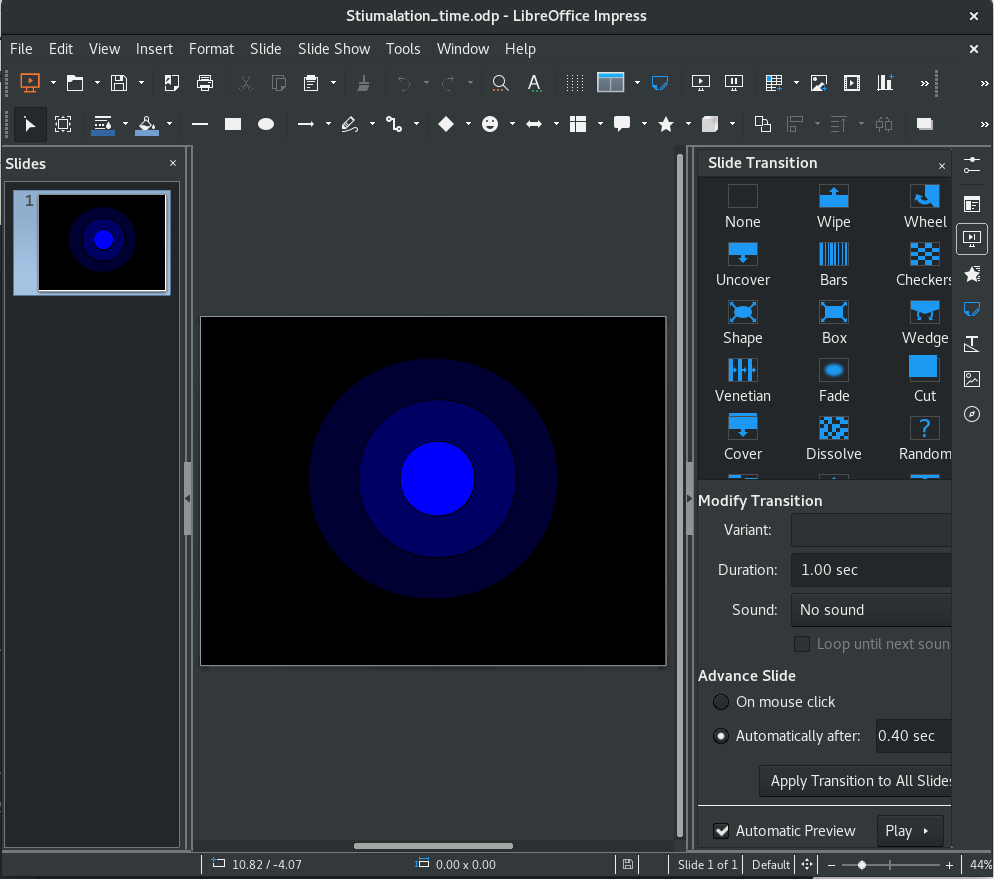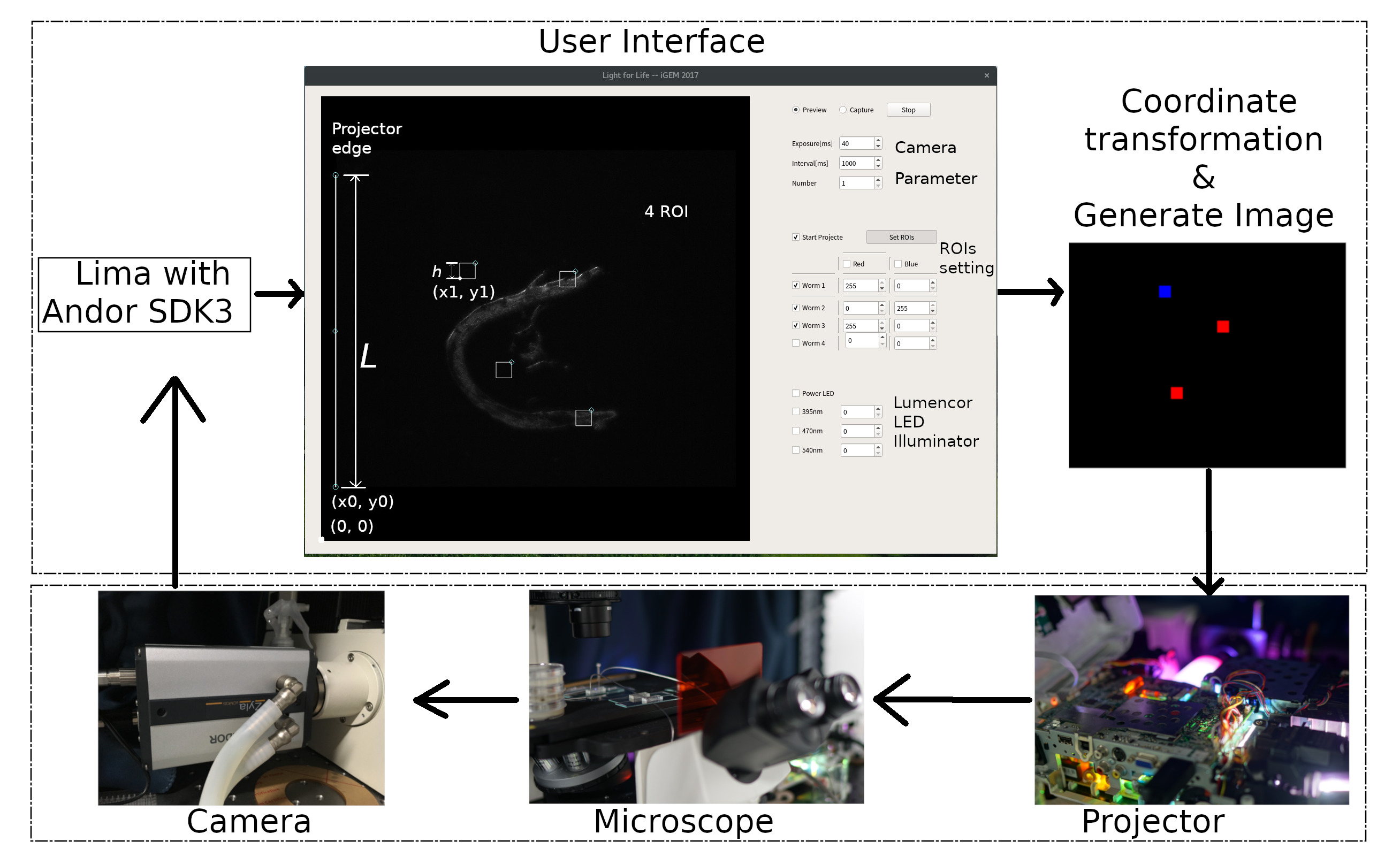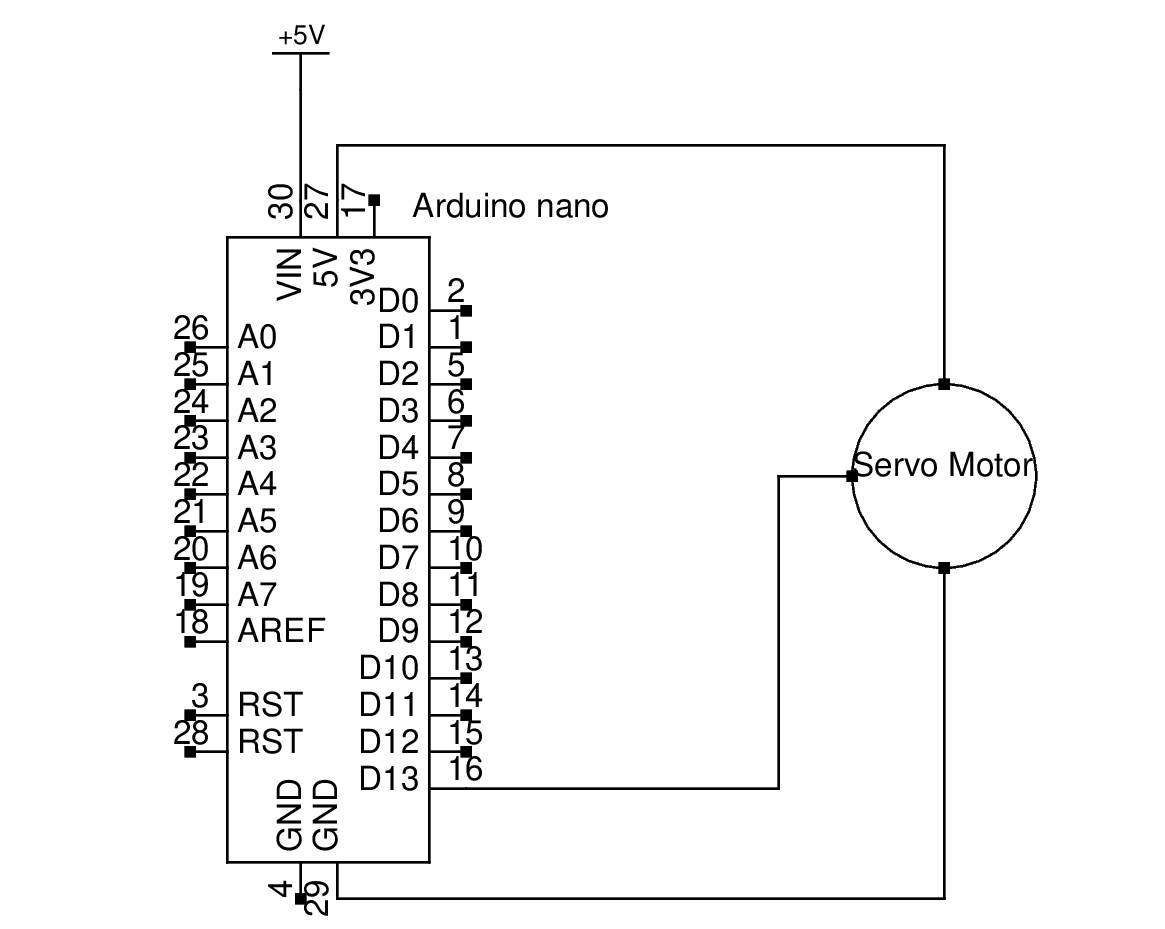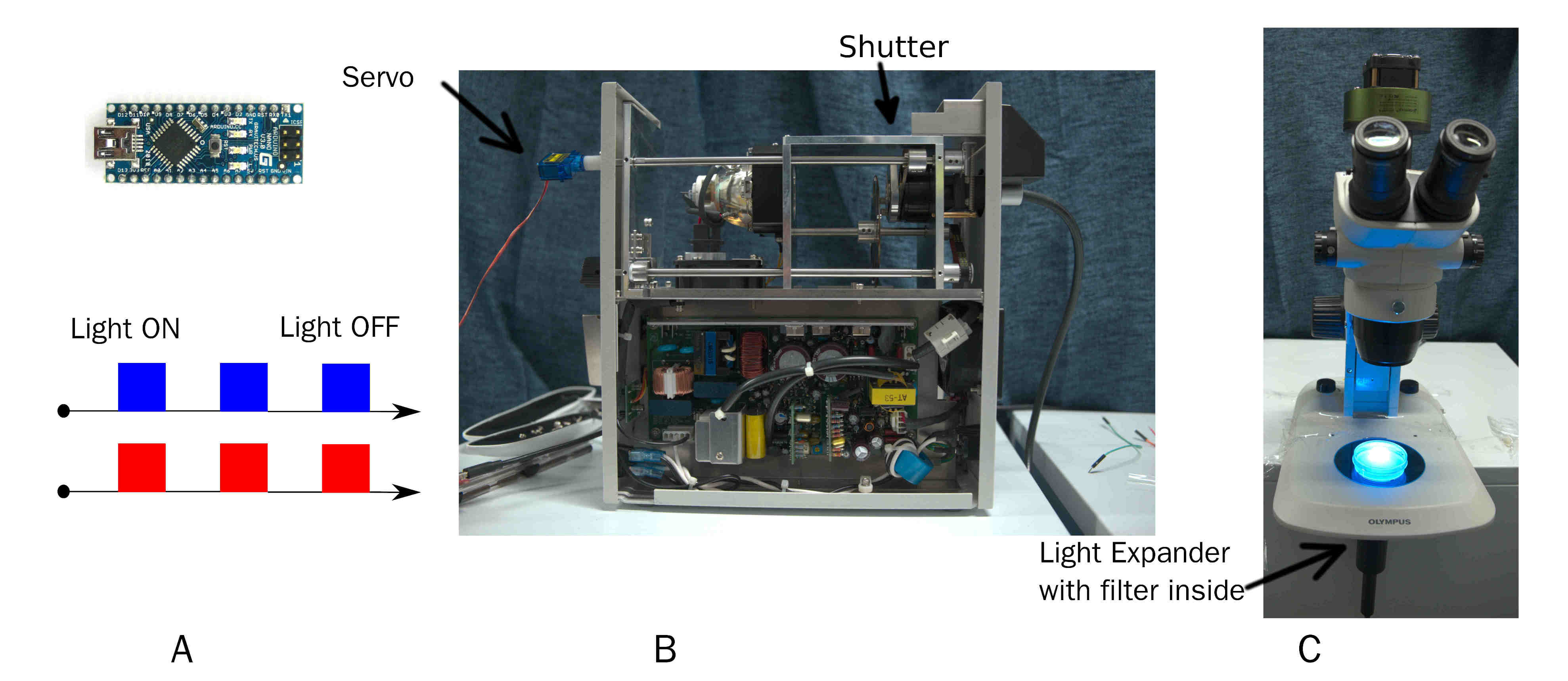| Line 4: | Line 4: | ||
{{:Team:SUSTech Shenzhen/templates/page-header-light|url= | {{:Team:SUSTech Shenzhen/templates/page-header-light|url= | ||
| − | |size=70px|title=Light | + | |size=70px|title=Playing with Light in Space & Time|subtitle=Let there be light!}}<!--------icon在page-header的utl参数里设置,参数size是其大小-------------> |
{{:Team:SUSTech_Shenzhen/main-content-begin}}<!---------内容的样式----------------> | {{:Team:SUSTech_Shenzhen/main-content-begin}}<!---------内容的样式----------------> | ||
<!--------最上端的图片------------------------------------> | <!--------最上端的图片------------------------------------> | ||
| Line 10: | Line 10: | ||
{{SUSTech_Image_Center_8 | filename=T--SUSTech_Shenzhen--magicprojector.jpg| caption='' }} | {{SUSTech_Image_Center_8 | filename=T--SUSTech_Shenzhen--magicprojector.jpg| caption='' }} | ||
| − | + | ||
| − | + | ||
| − | + | ||
Multiple optic devices are designed for the various experimental requirements, such as stimulating neuron of ''C. elegans'', training ''C. elegans'' and inducing ''C. elegans''' to move in a certain direction. They can regulate and output the optical signal varying with not only time but also space. | Multiple optic devices are designed for the various experimental requirements, such as stimulating neuron of ''C. elegans'', training ''C. elegans'' and inducing ''C. elegans''' to move in a certain direction. They can regulate and output the optical signal varying with not only time but also space. | ||
Revision as of 13:48, 1 November 2017
Playing with Light in Space & Time
Let there be light!
Contents
Multiple optic devices are designed for the various experimental requirements, such as stimulating neuron of C. elegans, training C. elegans and inducing C. elegans' to move in a certain direction. They can regulate and output the optical signal varying with not only time but also space.
Modulate Projector Light Source
Biology background in our project: We need 395nm light to activate Calcium indicator protein GEM-GECO for neuron imaging. For the independent excitation of neurons (AWA and AWB) in C. elegans, channelrhodopsins CoChR and Chrimson are activated by blue light and red light respectively [1]. Due to these proteins' limited sensitivity to the wavelength of light, we need to purify the light from the projector.
The design of optics
GEM-GECO is activated by 395nm light from LumencorSpectra LED Illuminator.
We use projector [http://www.epson.com.cn/products/projectors/239/CB-X03/ EPSON CB-X03] as red light& blue light source for CoChR & Chrimson. Projector's 3LCDs(red, green and blue channel) functions as 1024*768 electronic shutters in each channel. Projector's super high pressure mercury lamp functions as a high-intensity light source[Fig. 2].
Firstly, we need to purify the light of projector. Although the original filter can separate white light into red light and blue light, the bandwidth of red light or blue light is not narrow as what our optical sensory proteins(CoChR & Chrimson) require . We install additional red filter Chroma ET630/20X and blue filter Chroma ET480/20X outside 3LCDs. (Fig. 3B)
According to the principle of fluorescence microscope, corresponding Di-Mirror 89402bs and emission filter 89402m are installed inside the microscope filter wheel(Fig. 3C). You can see all filters we use in our project (Fig. 3).
The design of mechanics
We need to install a new lens on projector with adjustable component, and fix all device with microscope stably.
Lens Holder and Connection Tube are design(Solidworks Documents) by CNC and 3D-Print(Fig. 6).
To build dark environment, we also build a dark room with cloth(Fig. 7).
The design of software
To control the ouput of light source, a software is required. However, a very easy method is using a slide(Demo Slide), such as LibreOffice(Test on 5.4.2.2.0+ in Arch Linux) or Microsoft Office. The image and time pattern is configured in slide, including color, intensity and pulse time etc.We also develop a more powerful and hackable open source software suite called ColorMapping to track and activate multi C. elegans or cell independently in one view. User can modify multi color, intensity, time and locations of light alternately in GUI. Everyone is welcome to join us to develop ColorMapping in GitHub, which still is developing. ColorMapping, contains camera part, projector part, user&calculation part. It is coded by Python 2 Language, and third-party packages, PyGraph, PyQt5 and [http://lima.blissgarden.org/camera/andor3/doc/index.html?highlight=andor3 Lima(Library for Image Acquisition)]. ColorMapping tests on Arch Linux.
{{SUSTech_Image | filename=T--SUSTech_Shenzhen--LightModulator_andor.png | width=209px| caption=Fig. 9 Community with Andor Company}} To drive Andor Zyla (5.2), we apply Andor SDK3 from Andor Company firstly. All data are matrix during data transfer and calculation. Camera image lives in user interface. In camera part, exposure time and other parameters can be adjusted.
An important algorithm is how to project a special area in special color. The key is coordinate system transformation between camera view(2560*2160) and projector(1024*768). To simplify the question, only the left projector edge and 4 ROIs(region of interesting) are drew. Every point(X_{projector}, y_projector) in the image will be generated from following formula(Fig. 10).
\left[\begin{matrix}x_{projector}\\y_{projector}\end{matrix}\right]= {\frac{1024}{L}}(\left[\begin{matrix}x_1\\y_1\end{matrix}\right]-\left[\begin{matrix}x_0\\y_0\end{matrix}\right])
In ROIs Setting, every ROI can define the color(Blue or Red) and intensity(0~255). 4 ROIs can move by mouse in real time, so the projector can response immediately. Generated image is showed a full-screen window in another extended desktop. Projector just show on extended desktop.
Modulate Mercury Lamp
Biology background: To reduce the phototoxicity during train C. elegans, pulse of light is required rather than constant light[2].
A simple and effective device output pulse of a certain wavelength of light. Arduino (A popular single-board microcontrollers) connect a servo, which is fixed in the shutter on mercury lamp by a 3D-print connector. When the servo motor rotates the shutter, on time and off time of the pulse is custom by Arduino . Wavelength of light is changed by replacing filter before beam expander(Fig. 12).
The 3D-print connector and Arduino code can download here. The result can be found in behavior result part.
Bill
Here are detail bill.
| Parts | Unit | COST/unit ¥ | COST ¥ |
|---|---|---|---|
| EPSON | 1 | 3960 | 3960 |
| CNC Components | 1 | 600 | 600 |
| Precise 3D-print Component | 1 | Arduino Modulate Mercury Lamp213.22 | 213.22 |
| Optical plate | 1 | 230 | 230 |
| Lifting columns(GCM-2211) | 3 | 210 | 630 |
| Arduino nano v3.0 | 1 | 13.50 | 13.50 |
| Tower-Pro Servo | 1 | 8 | 8 |
| Filter 89402bs | 1 | 3159.45 | 3159.45 |
| Filter ET480/20X | 1 | 2161.73 | 2161.73 |
| Filter ET630/20X | 1 | 2161.73 | 2161.73 |
| Emission Filter 89402 | 1 | 2161.73 | 2161.73 |
| TOTAL COST | 15299.36 |
References
- ↑ Lisa C. Schild and Dominique A. Glauser , Dual Color Neural Activation and Behavior Control with Chrimson and CoChR in Caenorhabditis elegans, 2015, GENETICS.
- ↑ Venkatachalam, V., & Cohen, A. E. (2014). Imaging GFP-Based Reporters in Neurons with Multiwavelength Optogenetic Control. Biophysical Journal, 107(7), 1554–1563. http://doi.org/10.1016/j.bpj.2014.08.020


